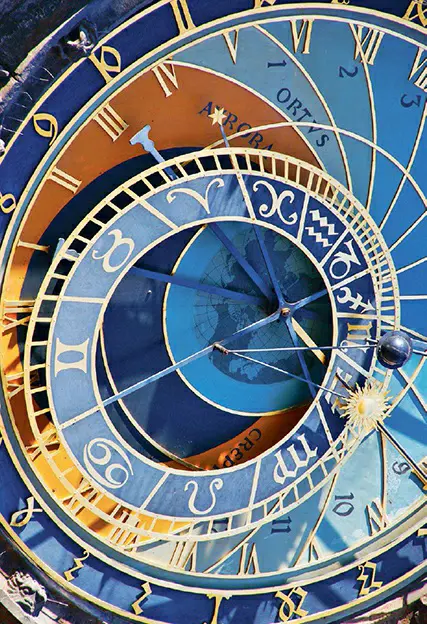The Earth’s rotation, a phenomenon we often take for granted, is a subject of great interest and importance in the realms of astronomy, navigation, and timekeeping. Commonly known, the Earth completes one rotation relative to distant stars in approximately 23 hours and 56 minutes. This rotational rate, when combined with Earth’s orbit around the Sun, has historically influenced the creation of leap years, including the modern method established during the Gregorian Calendar reform of 1582.
However, in our technologically advanced age, where precision is paramount, from GPS satellites to interplanetary probes, a more precise measurement of time is required. The advent of atomic clocks in the mid-20th century, utilizing the stable atomic-energy-level transitions in elements like cesium, brought about an unprecedented accuracy in timekeeping. This led to the establishment of Coordinated Universal Time (UTC), a time standard that relies on these atomic clocks.
Despite these advancements, Earth’s rotation isn’t a constant. Influences such as tidal friction with the Moon and the Sun are gradually slowing Earth’s spin. Additionally, subtle changes in Earth’s mass distribution, like glacial melting, contribute to variations in the planet’s rotational speed. To address this, the International Earth Rotation and Reference Systems Service has been adding leap seconds to UTC since 1972, ensuring it remains aligned with the actual solar time.
From 1972 to 1998, 22 leap seconds were added to UTC to account for Earth’s slowing rotation. However, in the subsequent two decades since 1999, this rate of slowing has decreased, necessitating only five additional leap seconds. This intriguing phenomenon underscores the dynamic nature of our planet and the critical role of precise timekeeping in our modern world.

